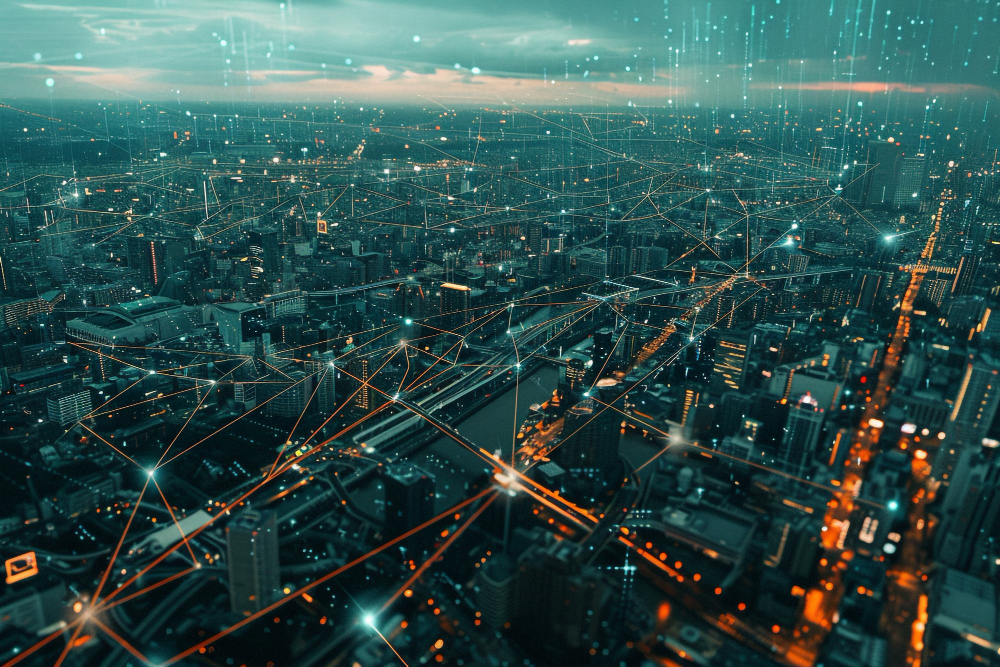04 September 2024 |
Smart City: Innovations in Urban Mobility
The way we move through the urban fabric is being transformed thanks to advanced technologies such as sensors and data analytics. This revolution improves traffic management and quality of life in cities and contributes to a cleaner and more sustainable environment.
Sensors: real-time data collection
- Vehicle traffic: sensors monitor the flow of vehicles to optimize traffic light times and reduce traffic jams. In San Francisco, the SFMTA management system uses sensors to adjust traffic lights based on real-time traffic conditions.
- Public transport: sensors in buses, subways and trains offer real-time data on their location and speed, in order to improve the punctuality and efficiency of the service. In Stockholm, buses are equipped with sensors that allow delays to be detected and routes and schedules to be adjusted instantly. Shared corporate transport finds a prominent example in the internationalised BusUp, which with the support of Artificial Intelligence (AI) optimises the use of buses to take workers from different companies on routes that connect industrial estates and remote areas.
- Pedestrian and cyclist mobility: sensors at intersections and cycle lanes help to understand the movement patterns of pedestrians and cyclists. In Copenhagen, sensors in bike lanes collect data on the flow of cyclists to synchronize traffic lights, prioritizing their passage and improving safety at intersections.
Data analytics: the intelligence that transforms mobility
Data analytics interprets the information collected by the sensors. Thanks to advanced data processing techniques and AI algorithms, detailed analyses can be made that facilitate decision-making:
- Traffic management: With real-time data, it is possible to predict congestion and adjust traffic plans accordingly. In Barcelona, the traffic management system uses data from sensors and cameras to optimize vehicle flow and reduce travel times. In the UK, the SCOOT system adjusts traffic light times and reduces congestion on busy streets.
- Urban planning: Data analytics makes it possible to identify areas with high transport demand and design solutions that improve connectivity, such as new bus routes or bike lanes.
Reducing emissions: By analysing mobility data, measures can be implemented to reduce pollution, such as low emission zones or incentives for the use of electric vehicles.


